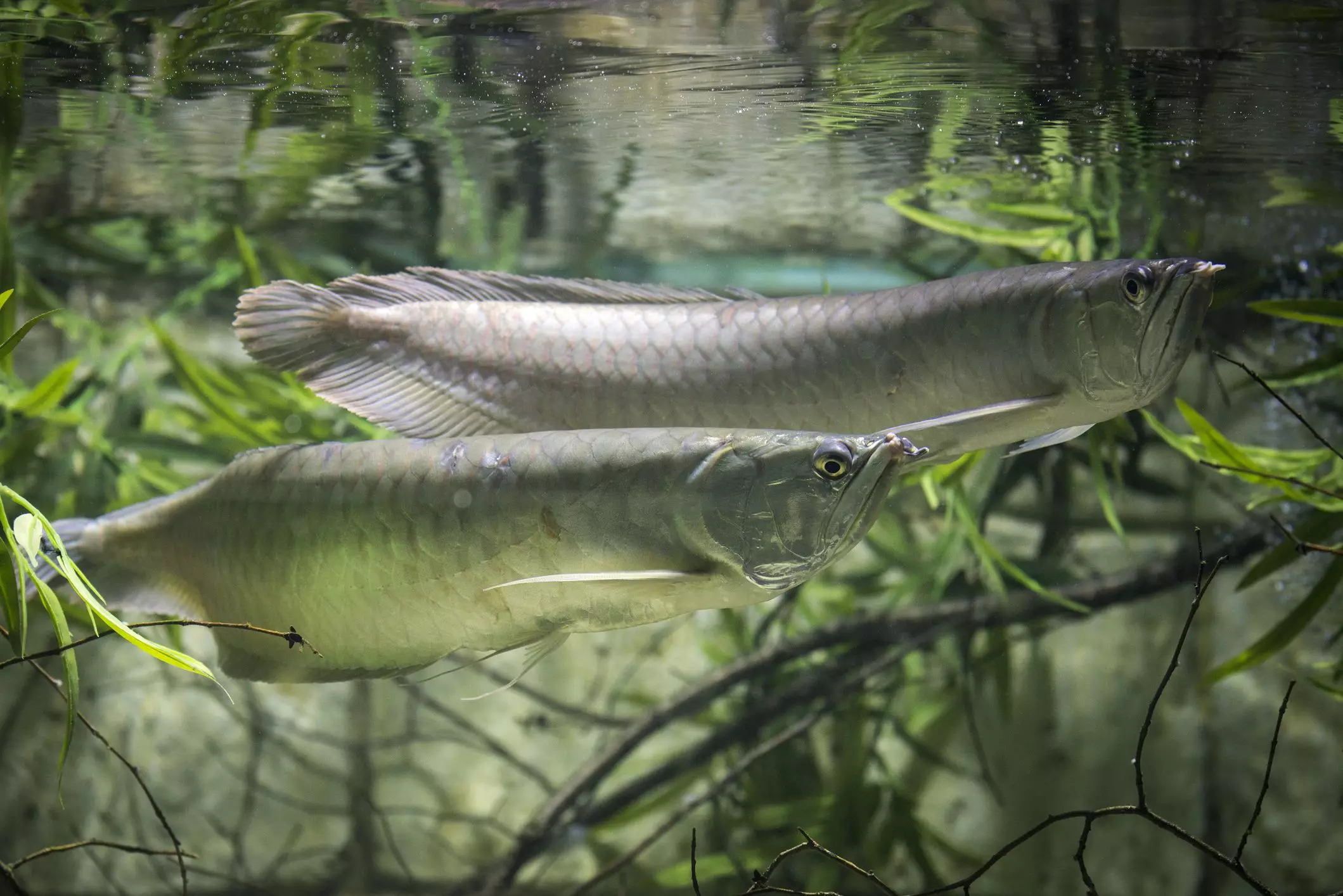The silver arowana, scientific name Osteoglossum bicirrhosum, captures the fascination of fish enthusiasts worldwide. This stunning freshwater fish is rooted deeply in geological history, dating back to the Cretaceous Period, showcasing its ancient lineage and endurance through epochs. Majestic and formidable, the silver arowana is known for its elongated body, distinctive scales, and characteristic barbels on its lower jaw, posing a unique addition for experienced aquarists. However, keeping this remarkable fish involves more than simply providing tank space; it necessitates understanding its needs, behaviors, and environment.
Silver arowanas are impressive in size, often reaching 3 to 4 feet in length, and can live anywhere from 10 to 20 years if well-cared for. These fish belong to the Osteoglossidae family, which includes various species distributed throughout continents such as South America, Africa, Asia, and Australia. Notably, while silver arowanas are widely available in the United States, certain species, particularly the Asian arowana, are internationally recognized as endangered. This fact brings about significant regulations concerning their care and trade, as they require specific permits in many jurisdictions.
Various colorations exist among arowanas, classified by origin and hue, with the silver variety exhibiting a glossy, pale silver finish. Juvenile arowanas can present with stunning blue hues, orange stripes, or even tints of red depending on their exact species. This diversity can command exceptionally high prices within the pet market, with some Asian varieties fetching prices that surpass $100,000.
Creating a suitable habitat for a silver arowana is paramount for its well-being. Arowanas can grow significantly larger than many aquarium fish, requiring a minimum tank size of 300 gallons. It is advisable to opt for even larger tanks if possible, as arowanas thrive in spacious environments. One must recognize that these fish are natural jumpers, making a strong, secure tank lid essential to prevent escape. The tank’s dimensions should ideally be wider and shallower, providing a less aggressive swimming environment and reducing the likelihood of injury from jumping.
To further mimic their natural habitat, arowana tanks should be kept free of excessive decorations that could obstruct their swift movements, as these fish like to dart after their food. Additionally, it’s important to note that traditional aquatic plants may struggle to thrive due to the lack of nutrients produced when arowanas are housed alone. Without sufficient nitrate levels, which play a crucial role in aquatic plant growth, hobbyists may need to explore alternative methods for enriching their tanks if they wish to include greenery.
Arowanas are captivating carnivores with a predatory feeding style developed over millions of years. They are primarily surface feeders, which means that replicating their hunting behavior in captivity is essential to promote their natural instincts. An ideal diet should include floating pellets, supplemented with protein-rich foods like shrimp and krill. However, one must tread carefully when introducing live food to their diet, as this could make transitioning back to a pelleted diet difficult once arowanas develop a preference for live prey.
Some arowanas display a distinct finickiness when it comes to food. They may only accept live feeds, which poses challenges in terms of diet variety and health. Practice good quarantine procedures for any live foods introduced into the aquarium to minimize the risk of introducing disease. If arowanas are fed incorrectly or inconsistently, they may develop nutritional deficiencies that could diminish their overall health and appearance.
Socially, silver arowanas are solitary fish and prefer a tank environment where they can thrive alone. Including tank mates is often ill-advised, as arowanas will eat anything small enough to fit in their mouths. Furthermore, managing multiple arowanas requires extensive knowledge and a considerably larger aquarium to accommodate their social hierarchies and territorial behaviors.
An intriguing behavioral phenomenon associated with arowanas is the tendency for maintained “droopy eye.” This ailment results from constantly looking downward at prey rather than upward. While some hobbyists resort to surgical procedures to address this issue, the results are often temporary. Instead, it is recommended to implement strategies that stimulate the arowana’s natural hunting instincts, such as offering food on branches placed above the water.
The silver arowana is a breathtaking species, worthy of admiration and respect. Its care is not for the faint of heart, as it necessitates a comprehensive understanding of its environmental, dietary, and behavioral requirements. Aspiring arowana keepers must approach this journey with careful consideration, ensuring the conditions foster a thriving, healthy, and engaging life for these ancient aquatic wonders. With proper care and attention, an arowana can become a striking centerpiece in an aquarium, reflecting both its prehistoric heritage and the complexities of underwater life.

